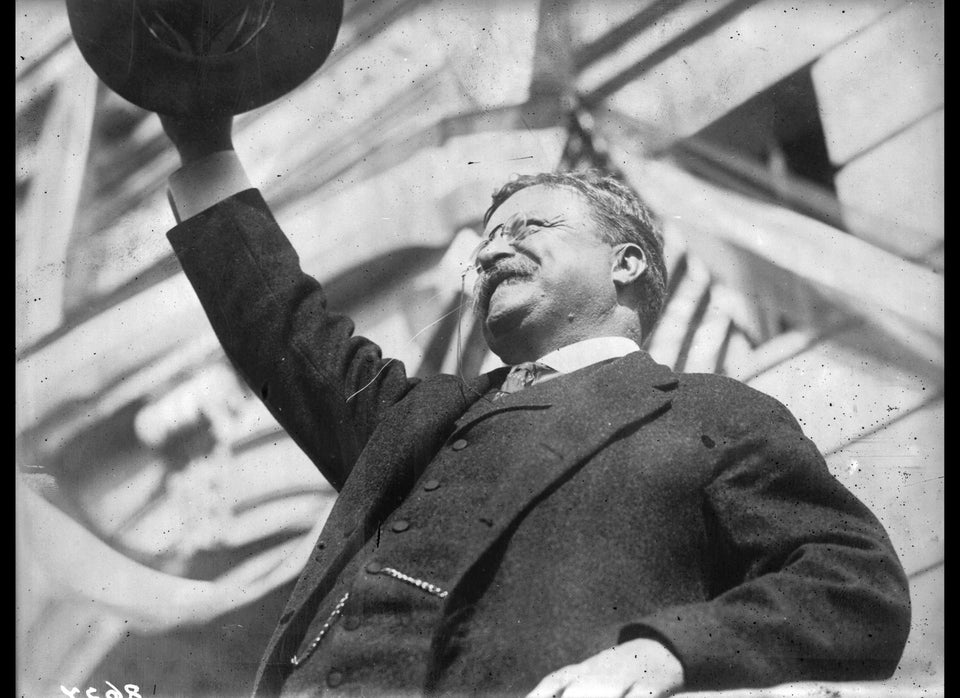
It looked like the "health insurance ad wars" were about to heat up. But the long-anticipated ad campaign to sell Obamacare has not started yet, according to a series of polls conducted by The Huffington Post and YouGov.
In mid-December, the Wall Street Journal reported that there would be a "coming blitz of insurance ads" aimed at Americans now eligible to purchase health insurance through the new exchanges created as part of the health reform law. The new slew of ads would be a "step up from an already heated-up marketing push" already underway.
So far, however, few people seem to have been subjected to the PR blitz. The Huffington Post and YouGov conducted a series of three weekly polls on Dec. 18-19, Dec. 27-28 and Jan. 2-3. The data from those surveys, combined with ad tracking information provided by Kantar Media, showed little change in the number of health care ads Americans recalled seeing towards the end of 2013.
Each survey found that most Americans remembered seeing ads for health insurance, and many remembered seeing those favoring or opposing the new health care law during the previous month. But the percentage of people who reported seeing each type of ad remained stable over the course of the three surveys.

The steady rate of responses suggests that there hasn't been a major increase in ad spending in favor of the health care law, as predicted by private insurance companies and the Obama administration. In a Tuesday column for the Cook Political Report, Elizabeth Wilner, vice president of Kantar Media's Campaign Media Analysis Group, wrote that overall spending on ads related to health care plummeted from a peak of more than $40 million at the beginning of December to less than $5 million at the end of the month.![]()
The drop-off in ad spending encouraging people to enroll may be due in part to the end of the year holidays, and in part to the fact that open enrollment for Medicare Advantage and Part D coverage ended Dec. 7.
The HuffPost/YouGov poll tracking does show a dip in the percentage of people who recalled seeing ads related to Medicare Advantage and Part D over the three weeks of tracking, even while those who recalled seeing other types of health care ads remained largely flat. In fact, an almost identical percentage of respondents in each survey -- just under 40 percent -- recalled seeing ads for health insurance exchanges.

Supporters of the health care law's insurance exchanges might be heartened by the relatively high number of Americans who said that they saw ads for purchasing health insurance through an exchange. More respondents said that they had seen ads for the exchanges than ads for any other type of health insurance.
Even so, the surveys also found that far fewer people classifying themselves as uninsured said that they had seen ads for buying insurance through an exchange. Only 22 percent of these respondents said they had seen such ads in the final survey. By comparison, 42 percent of respondents who said they already had insurance also said they had seen an ad for buying health care coverage through the exchanges.
Wilner told The Huffington Post that she expects to see even more ads from both insurers and exchanges go on the air in the coming weeks. But so far, she said, "There's been no sign of the new blitz that the administration is saying they're going to be making."
The HuffPost/YouGov polls were conducted Dec. 18-19, Dec. 27-28, and Jan, 2-3. Each was conducted among 1,000 U.S. adults using samples selected from YouGov's opt-in online panel to match the demographics and other characteristics of the adult U.S. population. Factors considered include age, race, gender, education, employment, income, marital status, number of children, voter registration, time and location of Internet access, interest in politics, religion and church attendance.
The Huffington Post has teamed up with YouGov to conduct daily opinion polls. You can learn more about this project and take part in YouGov's nationally representative opinion polling.
